Luca Tombolini, a self-taught Milanese photographer takes pictures that they are fragile to the point of fantasy. Pastel shades and a powerful stillness which is serving to drum up a sense of awe for Earth’s as of yet unhinged landscapes. The Earth Issue describes his practice as a “meditative inquiry” that relies on Tombolini’s endless sense of adventure, provoking an existential train of thought in their viewer.
Tag: inspiration
Define art with a phrase!
“Art is either plagiarism or revolution.” Paul Gauguin, painter
“Art is a jealous mistress, and, if a man have a genius for painting, poetry, music, architecture, or philosophy, he makes a bad husband, and an ill provider.” Ralph Waldo Emerson, essayist and poet
“Art is the only way to run away without leaving home.” Twyla Tharp, choreographer
“Art is a kind of illness.” Giacomo Puccini, composer
“Art is meant to disturb. Science reassures.”Georges Braque, painter
“Art is not a thing; it is a way.” Elbert Hubbard, artist
“Art is long, and time is fleeting.” Henry Wadsworth Longfellow, poet. See also Hippocrates’ “Art is long, life is short.”
The lost soldiers of Alexander the Great have flowers on their heads
Trubal Pandya born and brought up in Varodara, India, Trupal Pandya is a 27-year-old professional photographer, currently working toward completing a bachelor’s degree in photography at the Fashion Institute of Technology, New York. Trupal stumbled into photography 6 years ago, on a tour across India, along with a nice DSLR to chronicle the country’s vast hinterland. What started as a fun trip eventually transitioned to a career-busting move that has led him to pick up the lenses full time.
He aims to document rarely seen communities, explore their local practices and show through his pictures how people around the world live. His portfolio includes pictures of the tribes of Omo Valley in Ethiopia, Huaorani people of the Amazon Rainforest, Headhunters, Aghoris, eunuchs and shepherds in India. He has traveled to countries like Ethiopia, Ecuador, India and Sri Lanka mainly focusing on communities that are standing on the edge of modernization.
The project Brokpas
About 130 kms. north-east of Kargil, on the Line of Control (Indo-Pak border), are the villages names Dha, Hanu, Darchik, and Garkon. Inhabited by a tribe that has lived in isolation for thousands of years, it is the heartland of a tribe called the Brokpas.
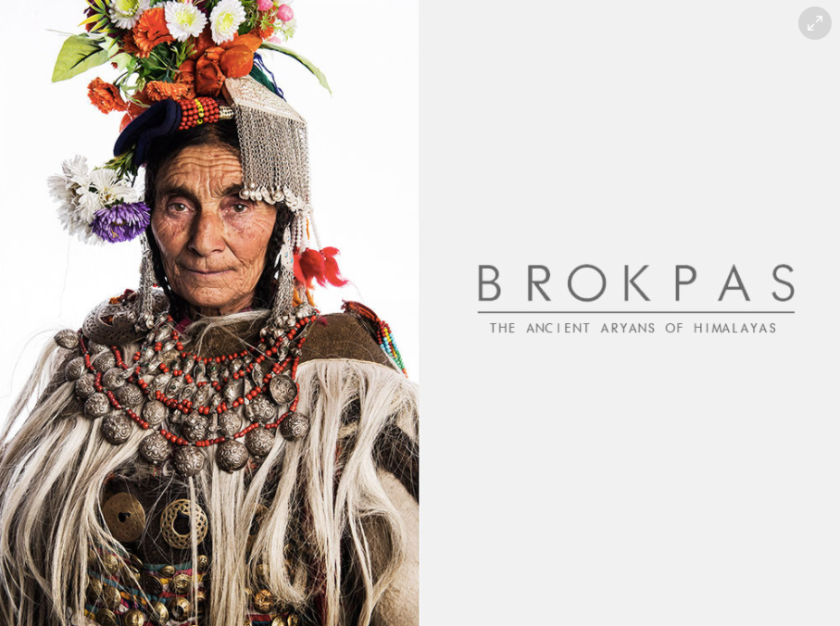
The Brokpas have been made famous through claims of being the descendants of lost soldiers of Alexander the Great’s army who got lost in the Himalayas and the purest of Aryan bloodline. Despite living in extreme isolation until the 20th century, the Brokpas have kept genetic pollution at bay and maintain that they are untainted. Though they have found no issue with spreading their genes outward as seen with a group of German women in 1938 in search of pure Aryan “seed,” no new DNA has been introduced according to them. Though some genetic testing has been done, it has been inconclusive in proving or disproving the theory linking them to the lost soldier myth. And when attempting to prove Aryan descent, then provokes the issue surrounding the term itself; “What is Aryan?”
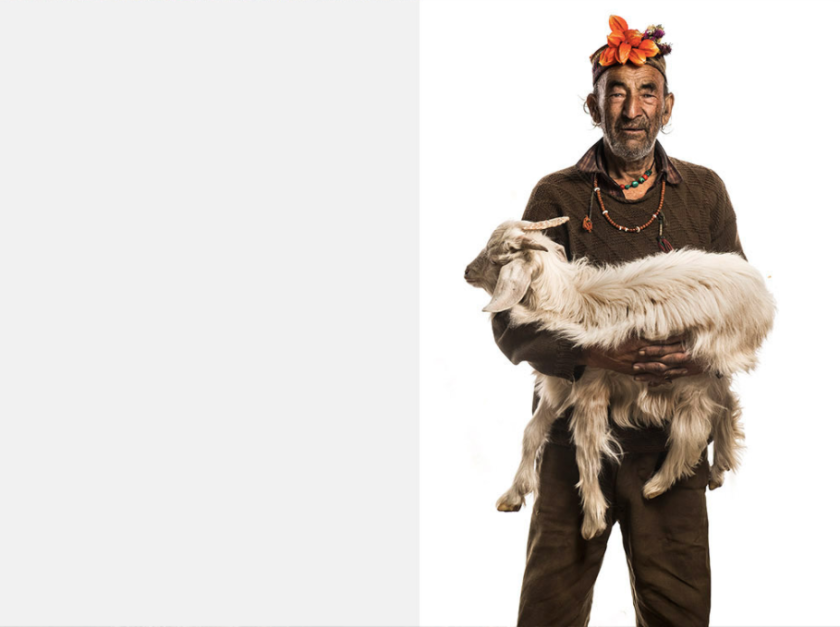
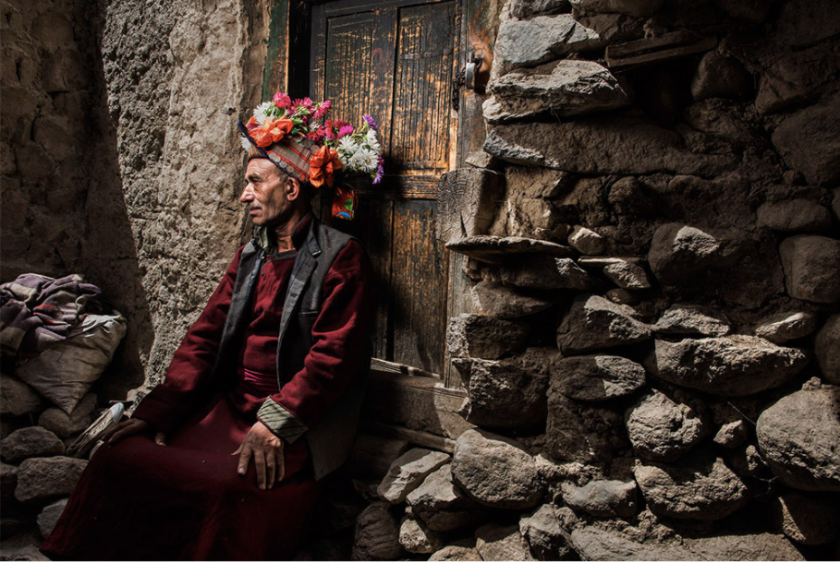
Igor Mudrov draws romantic figures in the rain
Mudrov’s paintings can be described by the term of “Conceptual Romanticism”. With his brush, Igor Mudrov painted an intriguing and unique page in modern-day visual arts. His work creates captivating accents in many contemporary interiors, enriching them with rhythm and stimulus for philosophical meditation.
Agnieszka Lorek explains how she captures her multidimensional worlds
The Polish photographer Agnieszka Loker amongst her many talents presents one side of her art in Projectoras and talks about how she interpret her dreams into pictures.
How did you end up creating and capturing ecstatic worlds?
They were always part of myself. It seems that every person has to fulfil a purpose in life – and we are in fact subordinate elements. I didn’t have to start from some particular point in time, it was in me from when I can remember. I was always doing it and I do not think that is something special. For me, it is a fundamental part of my existence. I do not mean only the photography which is just one of my passions – one of my many ways of expression. It’s like eating, sleeping, making love. I do not exist without it.
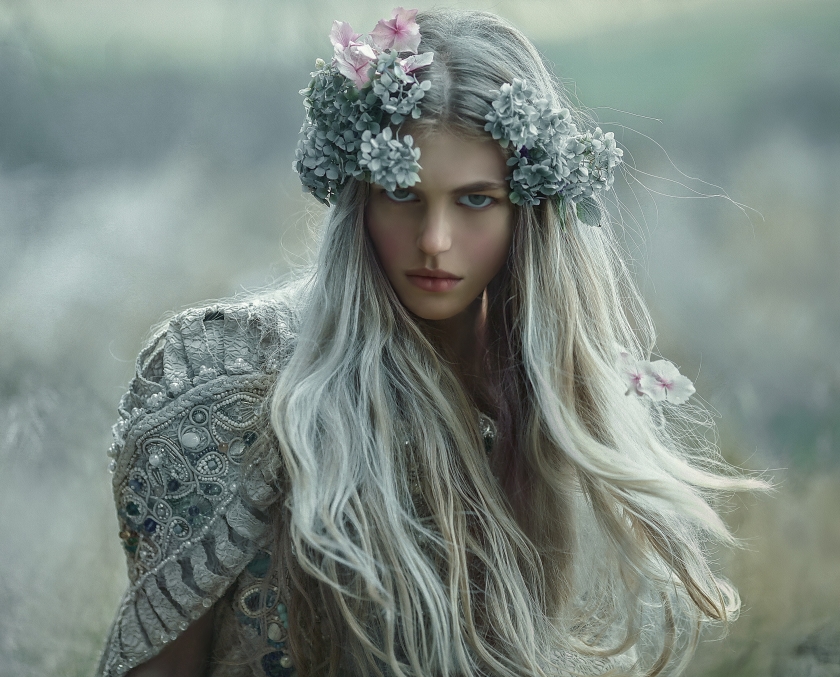
You are a photographer, painter, stylist, musician, composer. A multidimensional artist. In your many talents, why are you emphasising in photography?
It just happened I think. It was for me a great drama to start a new life in another country. I left eleven years ago from Poland and I went to the UK. At that point, I was feeling like a stranger and it didn’t feel like home. People gave me to understand that I’ll never be as good as they are and that just because I came from Poland. I’ am not saying that I had to deal with overt discrimination at the beginning of my emigration, but I felt terrible and I was crying over my fate. I couldn’t rent a big apartment. Because of the small space, I had to leave the oil paints and the freshly painted canvas where I slept – in the same room, and because of that, I got really sick. I had to leave my music instruments and I couldn’t record music anymore, and besides, I was trying to not disturb anyone with my music and my singing.
I just know how to breathe in a fairytale world of my dimension.
Photography was the best way to express me back then. I created a springboard to a world in which I had to live and survive somehow.
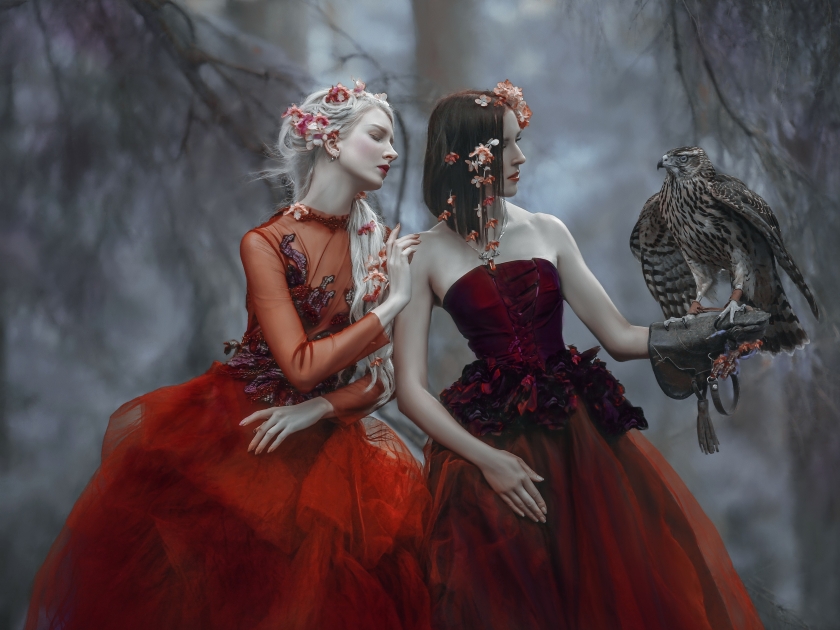
If you weren’t living in this life, in this reality, how your reality would look like?
That is an interesting question, but my answer is so controversial that I will refrain from answering.
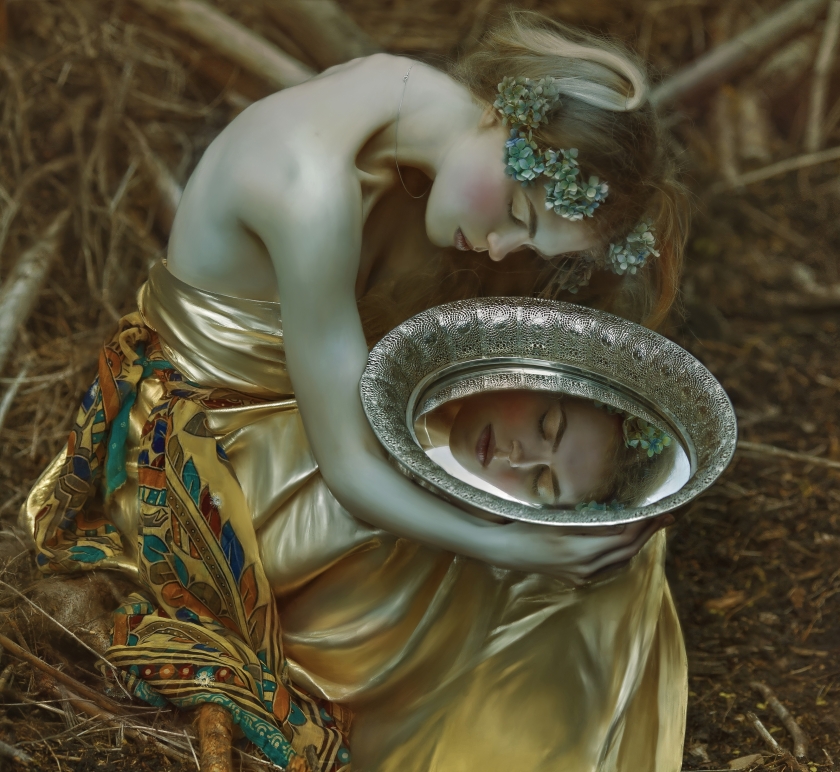
Home is our freedom and our prison. What made you fly away from your home?
To answer this question we need to determinate what “home” is. My home, for example, is my own body, and even my consciousness. My subconscious as well. I do not think that this is a prison because only I’m visible to others. It’s considered that invisible is free because it is not controlled by the one who sees it – from his opinion. The man who believes in God, the Absolute God, can not say that it is beyond the control of his own superego ( so it means that he see itself) – because it carries an element of eternal self-improvement in itself, and this, in turn, may question the value of the broader freedom. I do not consider myself as a person who would have to fly away from home to feel free. My home may be any place on the earth among people who care for me. I’ll be there a free person because I will be accepted, and because when people love and are loved then they can feel the freedom. Selflessness and altruism are the keys to freedom. None of us is free in real life, we are subject to the laws of instinct, desires and dreams. Checkmate.
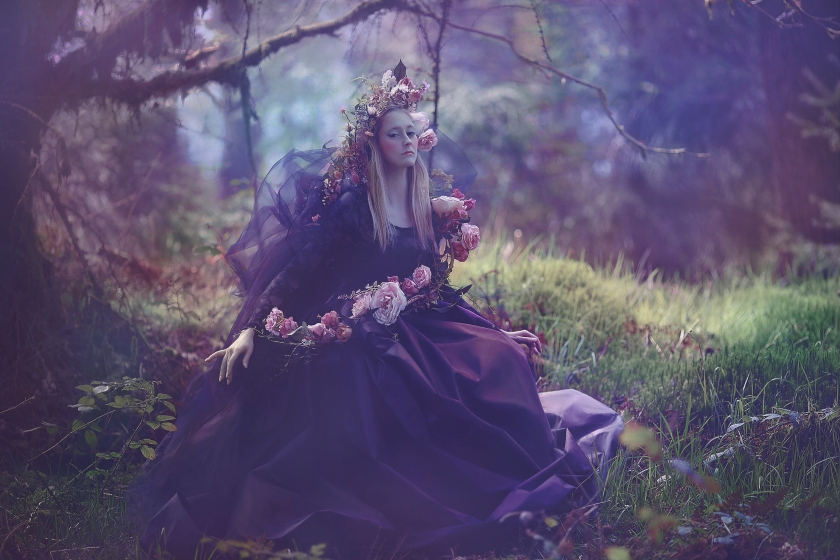
In your photographs, I can sense the absence of the male present. Is there any specific reason for it?
My ex-boyfriend was my only masculine model. He was jealous of my passions – he was nervous whenever I was starting sessions with models – even with women, so I was afraid of his reaction if I agreed on sessions with men. I didn’t want to upset him and I was cancelling famous male models. Besides, I’m a woman and wants to show herself through my art. When I choose a specific model then each of them represents “myself” , subcutaneous of my world and of dreams, emotions, experiences. This is my confession.
Next year, however, there is also a plan to insert a gentleman in my work. My life entered a new chapter and I will show my “love life” with these new portraits of male models. I want to show why I love men.
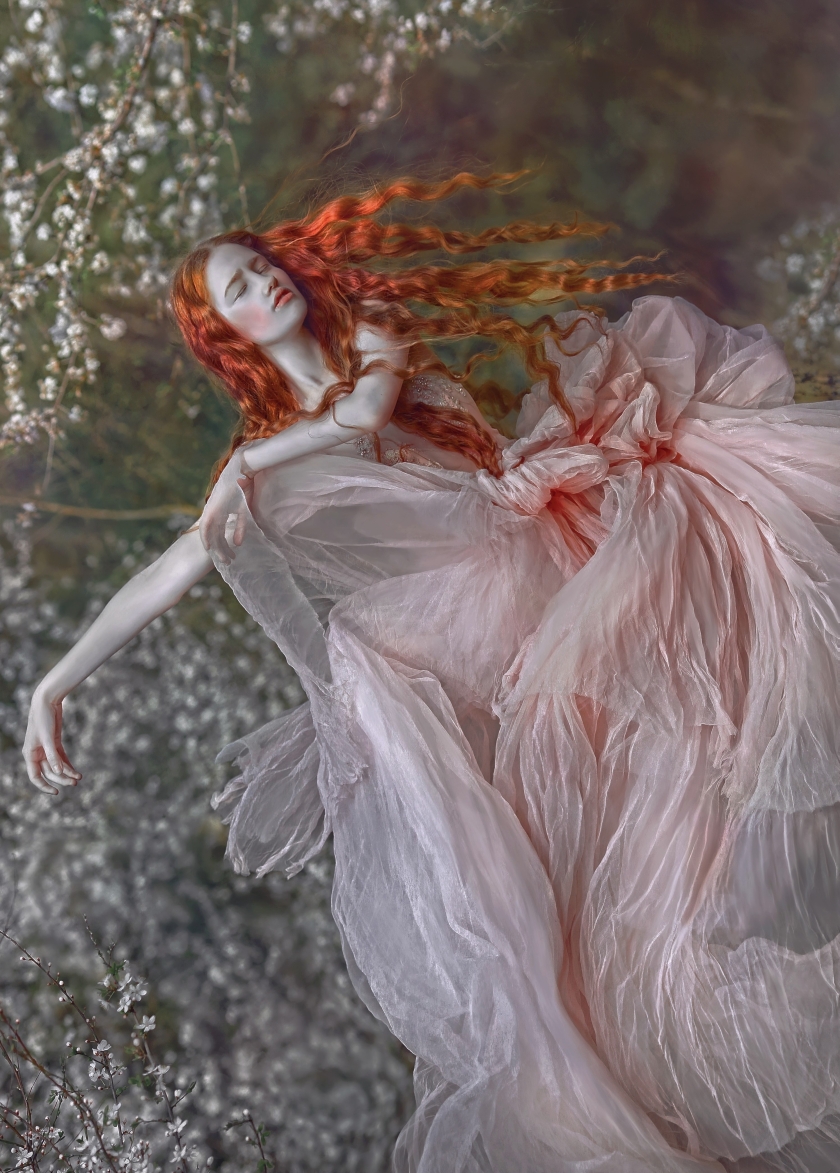
If you could “dress” your photographs with a musical background which music piece would be?
This music does not exist in my reality. I heard it a few times in my dreams, but because no such scale of music can copy this one, its does not exist in our world -such as configuration connect individual sounds, I’m not able to repeat this music on classic instruments, nor even in thoughts, because it is difficult to remember something that we do not understand. You have to hear yourself that sound when you look at my work – if you can.
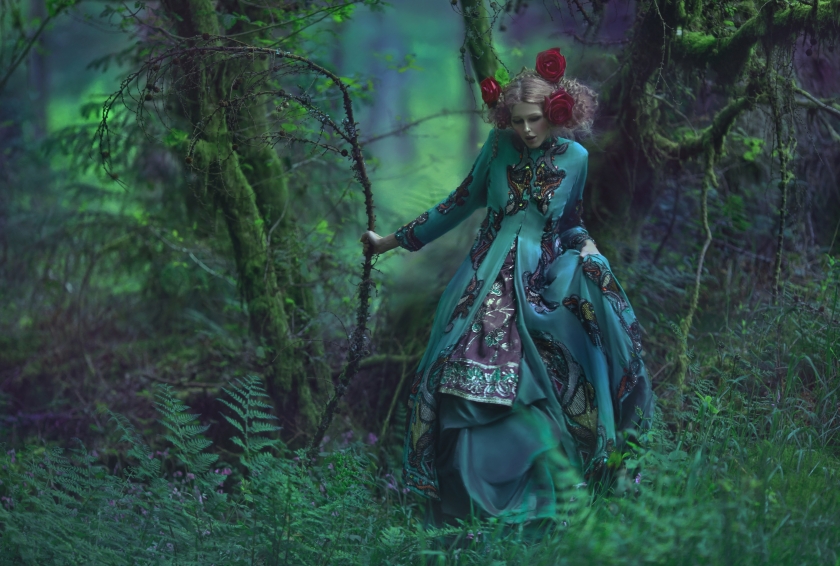
Nature and extraordinary beauty is a strong element in your photography. What else inspires you that is not obvious in your artwork?
I’m inspired by everything and nothing at the same time. Everything is in my head and my heart. I really do not need inspiration. Everything is elements of co-creating compositions – just as important as the model, as my many hours of work on editing photos, thousands of overcoming kilometres from place to place, matching models to suit, drinking morning coffee before the photo session. Everything happens spontaneously, but at the same time is controlled by me so much, that sometimes I think that I’m a monster or freak control. It’s magic – like breathing. I just know how to breathe in a fairytale world of my dimension.
The Magic of Laura Owens’ Radical Paintings
Who? Laura Owens challenges the traditional codes of what a painting is and should be with her compelling, large-scale works. The artist, who is based in Los Angeles, retains a somewhat unpredictable practice that involves plucking and reappropriating critical references from art history. From the great waves of Hokusai to the swirling, looping gestures of Matisse, Owens’ practice eats it all up and churns it out as something entirely her own.
It was while studying at the Rhode Island School of Design during the early 1990s that she became focused on experimenting with abstraction, undeterred by the concerns of her professors, who collectively implied that the genre’s realms would be best left to her male peers. After receiving her MFA from CalArts, Owens went on to become one of the youngest artists ever to have a solo show at the Museum of Contemporary Art Los Angeles in 2003, at the tender age of 33 – her wry wit and ability to shape-shift between the figurative and the abstract securing her a place at the top table.
In 2013, inspired by her radical approach to the exhibition-making process, she co-founded a gallery called 356 S. Mission Road in L.A., alongside Gavin Brown and Wendy Yao of the bookshop and publishing outfit Oooga Booga Store. The space was inaugurated by a show of her own paintings and has since hosted exhibitions by creative luminaries such as Alex Katz and Larry Sultan.

What? Utilising a cacophony of colour, Owens’ works form a tapestry of tropes and techniques. Wavy gestural strokes of saturated shades bleed into areas of pared-back grids and lines. “She’s like a Dr. Frankenstein”, MoMA curator Laura Hoptman once said. “She takes bodies from other pieces of work and puts them together to create a whole new monster”. With a chaotic energy that bursts through the surface of the canvas, it’s undeniable that Owens has honed a unique brand of eclecticism. Each new painting offers her the chance to explore the expressive potential of the medium from scratch.
Unconfined by any one approach or theme, Owens’ paintings will often surface from an object or a moment she happens across in daily life. Be it a rudimentary stencil or a slice of text, a tennis racket or a teapot, the catalyst can present itself anywhere, and make its way back into the artwork in any number of ways. Sometimes this is presented as a subtle nuance, while at other times an item itself may be brazenly, physically affixed to the canvas.

Why? An extensive series of works from Owens’ vivid oeuvre are on display at Sadie Coles gallery in London’s Kingly Street until mid-December. “When you look at these objects, do you think they are looking at you? Don’t you think they are human too?”, she implores, in a pre-recorded voice message that accompanies the show. Long describing her paintings as porous, Owens hopes that the viewers’ experience of them will be a visceral, bodily one that falls far beyond the confines of the canvas. The exhibition comes soon after Owens’ nomination for the 2016 edition of the Hugo Boss Prize. The prestigious biennial award, which is administered by the Solomon R. Guggenheim Museum, is celebrating its 20th anniversary this year and continues to honour those who are redefining contemporary art as we know it.
text drained by anothermag.
Rare vintage photographs of drag queens
“Queens,” or men who defy gender norms and dress as women, have always been present in the LGBTQ community and pop culture: Straight men like Flip Wilson and Milton Berle used them as punch lines in their humor; Divine created a media sensation when she burst onto the scene; and RuPaul began to break down barriers with her mainstream pop hit, “Supermodel (Of the World),” and a cheeky VH1 talk show.
Late 1800s: The etymology of the phrase “drag queen” is debatable, but many scholars believe that the phrase was coined in the 1800s as a reference to the hoop skirt. As seen in this photo, hoop skirts would “drag” along the ground.
Drag was perfectly acceptable as a theatrical device. In fact, it was still more respectable for a man to play a woman in drag (such as these three Yale students) than for a woman to pursue a career as an actress.
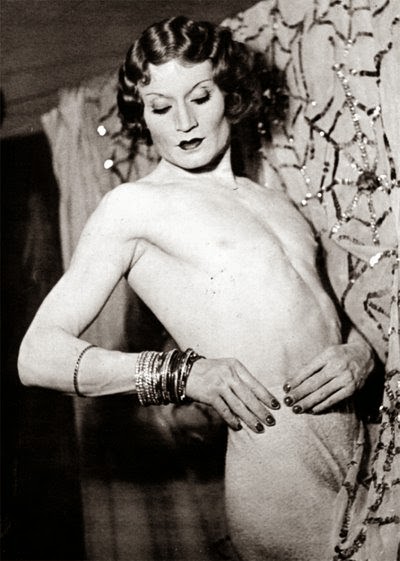
1920’s: Vander Clyde, or “Barbette,” was a vaudevillian sensation. She travelled around the States and Europe with her infamous aerial act, which featured death-defying trapeze stunts in full drag. At the end of her act, she would remove her wig and strike a masculine pose.
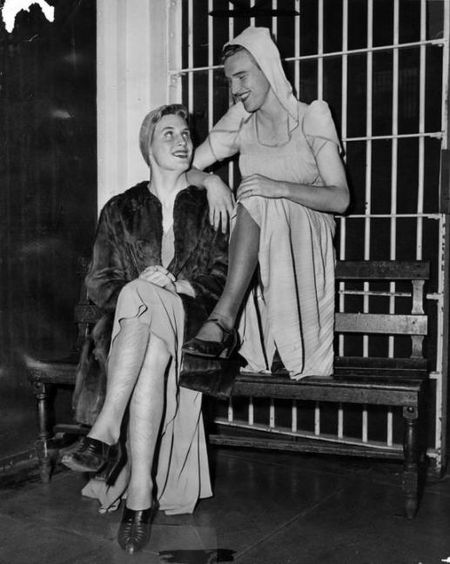
1946: When men wore dresses for their own enjoyment, society pushed them to be more conservative.
GETTING TO KNOW ARTIST RICARDO CAVOLO
Atomica Gallery presents Ricardo Cavolo: ‘Life & Lives’ Opening Night from Atomica TV on Vimeo.
Ricardo is a Spanish artist who now resides in the cultural mecca of Brighton. His folky hand drawn illustrations evoke days of doodling on the back of school textbooks, featuring traditional and iconic characters brought into the modern world with tattoos and achingly hip facial hair.
“CAVOLO IS EQUAL PARTS ARTIST AND STORYTELLER, WEAVING INTRICATE NARRATIVES WITH DETAILED BRUSH STROKES AND VIBRANT COLORS ATTRACTING EMOTIONS FROM CURIOUS GLANCES. EACH OF CAVOLO’S PORTRAITS ARE SMEARED WITH PERSONALITY, EMPHASIZING NOT ONLY HIS KEEN STORYTELLING BUT THE ASTUTENESS AND DEPTH WITH WHICH HE CREATES PERSONAS.”
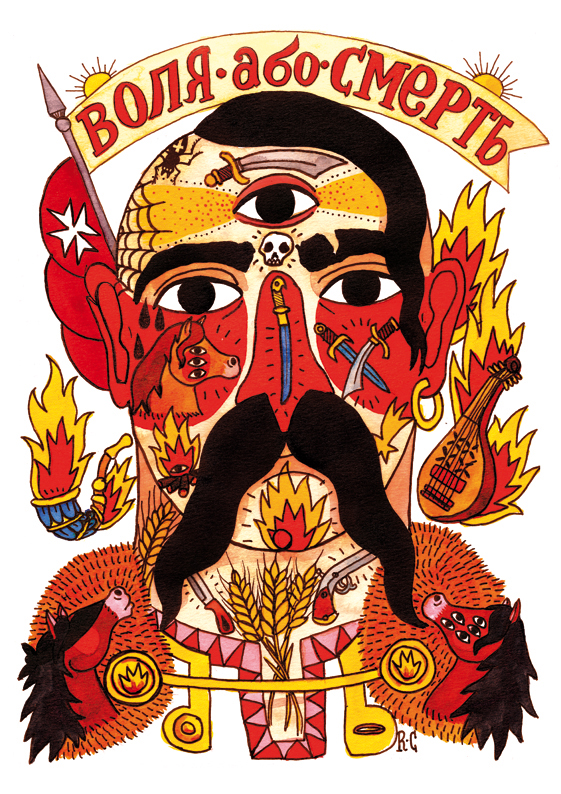
MUCH MORE THAN ESOTERIC, HIS WORK ENGAGES THE MASSES, AS MOST WELL-TOLD STORIES DO. WITH AN INHERENT SPANISH INFLUENCE AND PARTICULAR ATTENTION TO COLORS AND MOODS, CAVOLO’S PORTRAITS AND MURALS TELL AN AMAZING STORY OF THE ARTIST’S CHARACTER AS WELL—THE PASSION, THE BRAVERY AND THE DRIVING IMAGINATION.
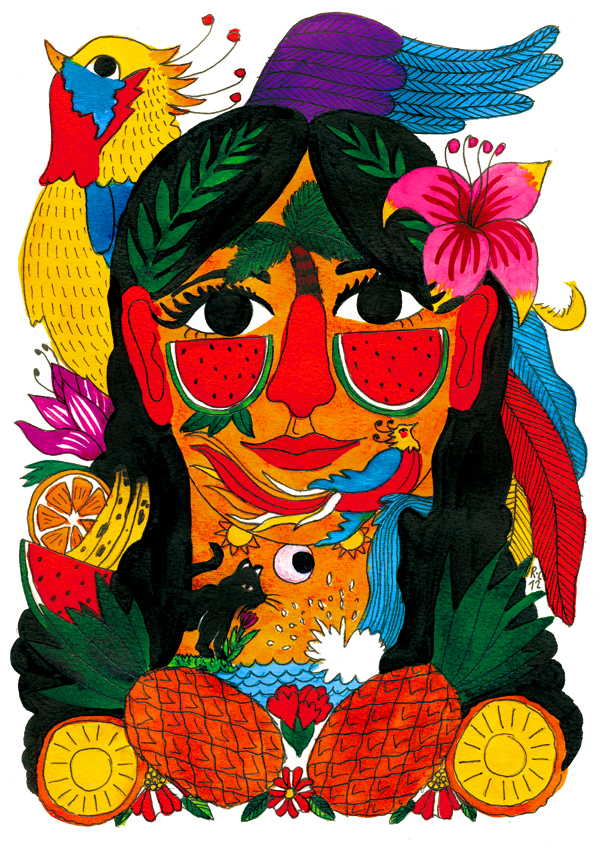
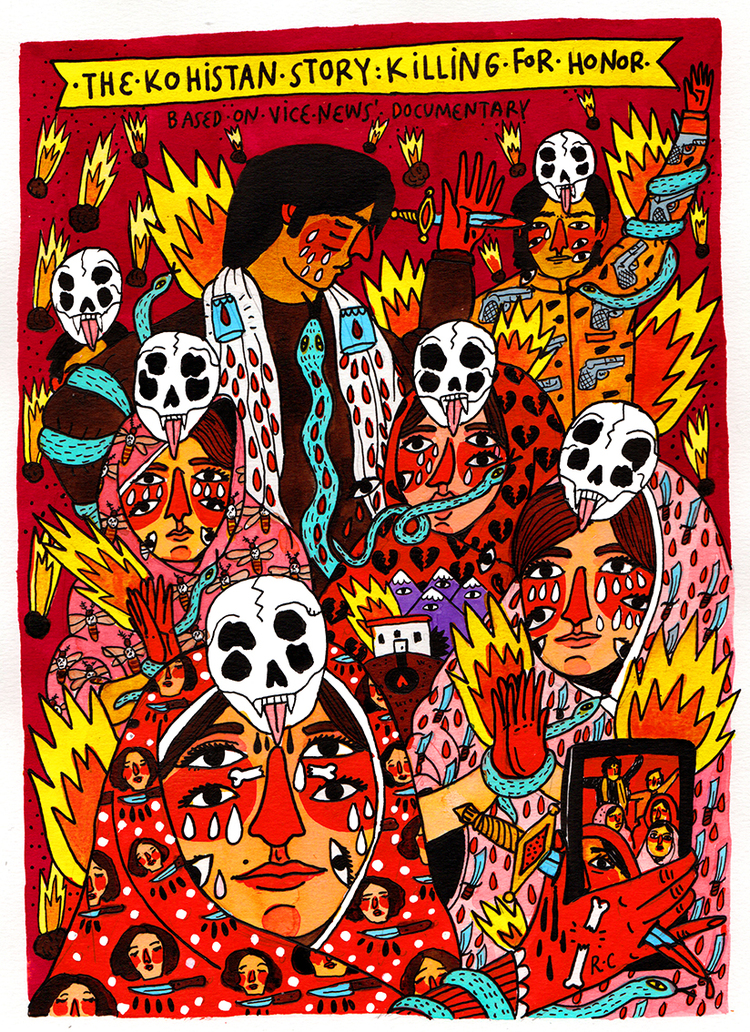
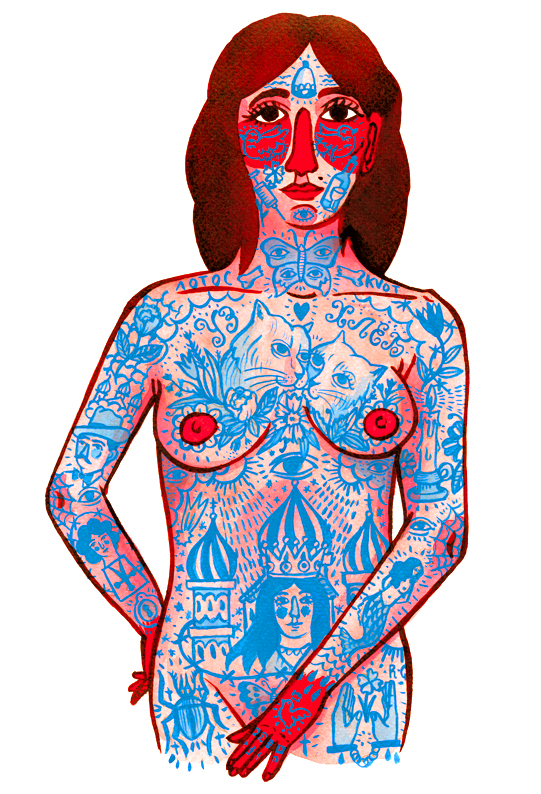
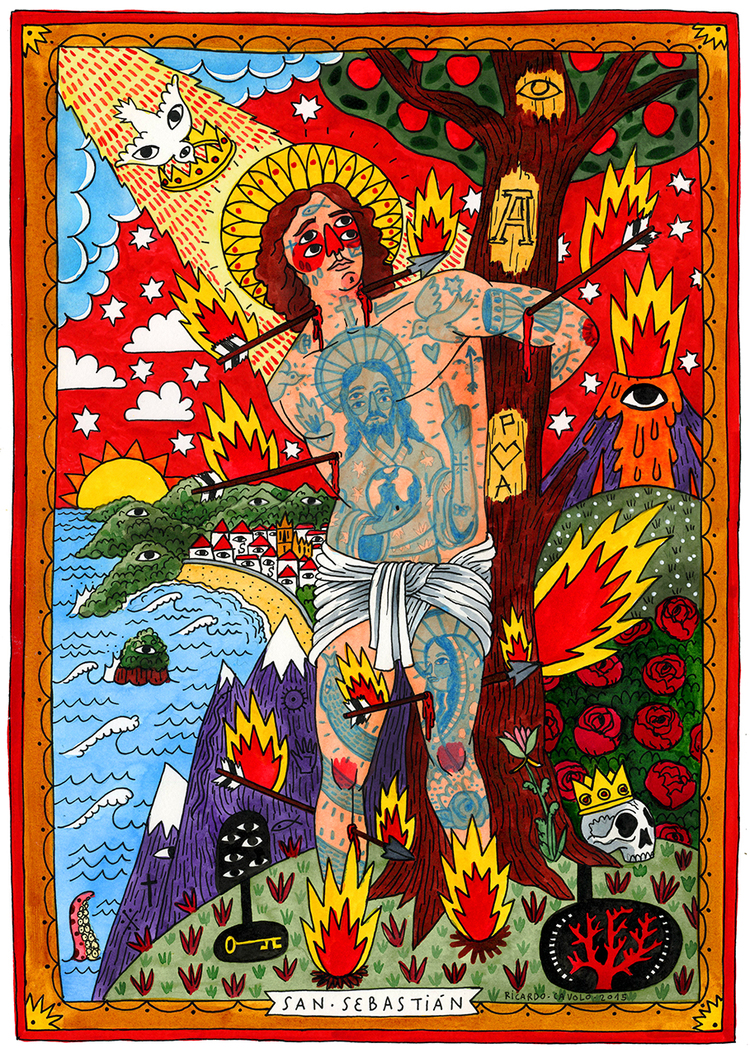
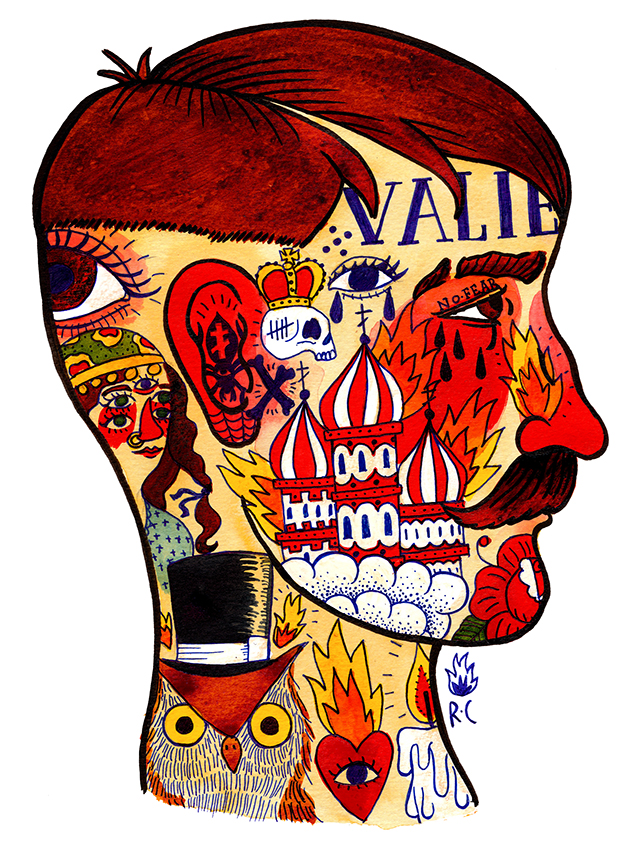
Short film: Lost Face
Lost Face from Soma Films on Vimeo.
Based on the Jack London short story: In the mid 1800’s a fur thief must think fast to escape the terrible, protracted torture that awaits him at the hands of the native tribe he had helped enslave.

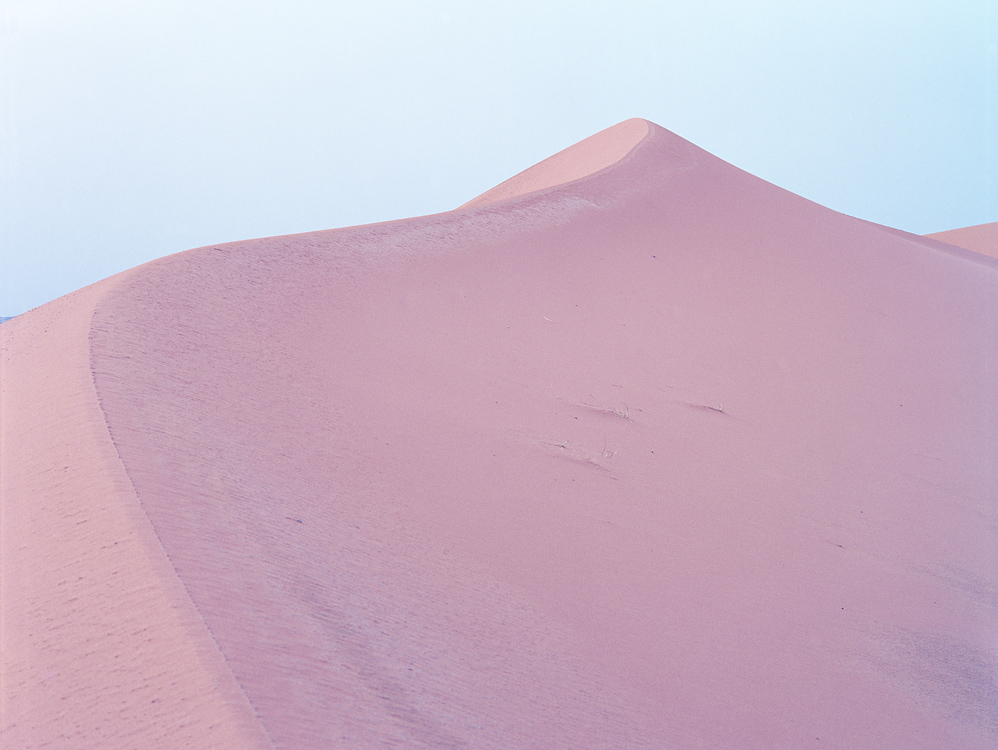






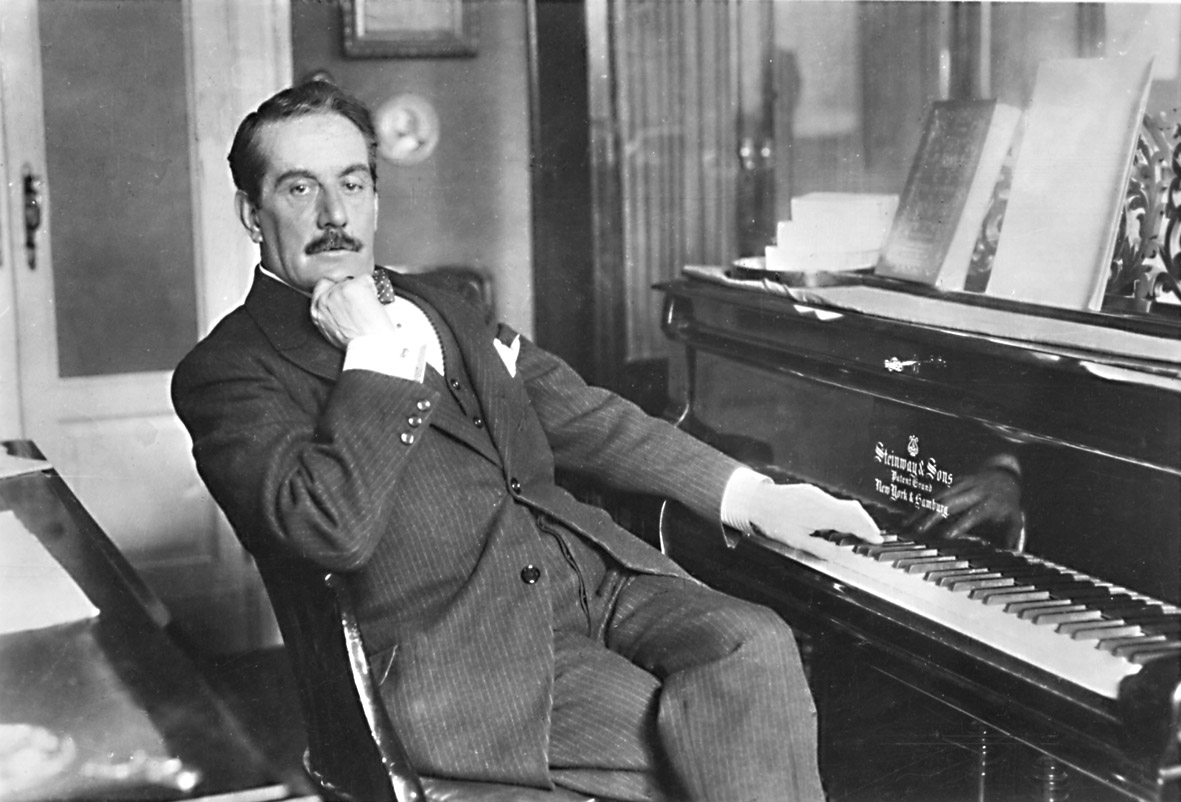
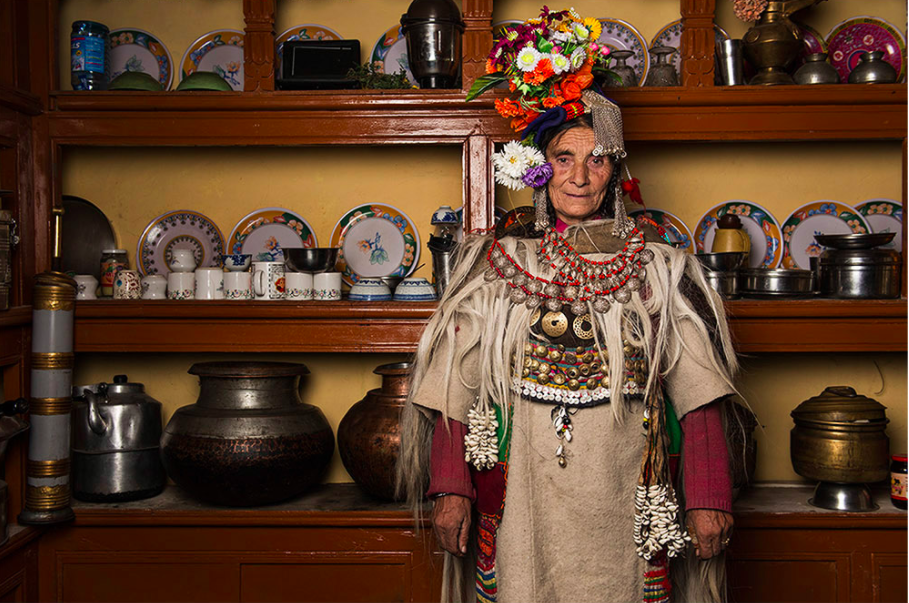


















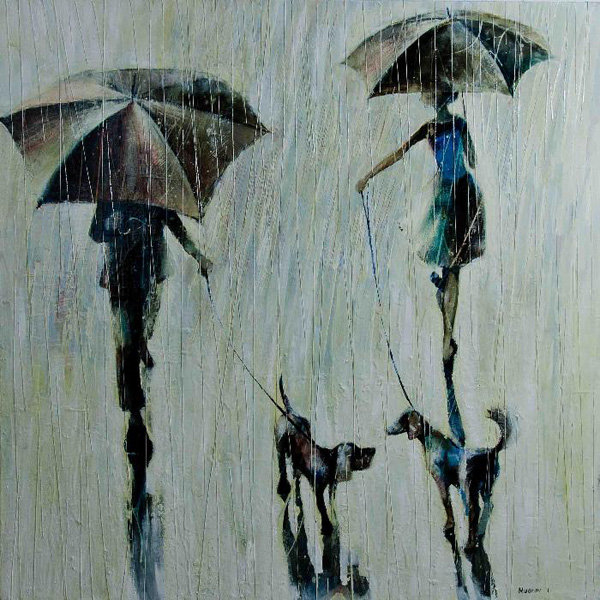






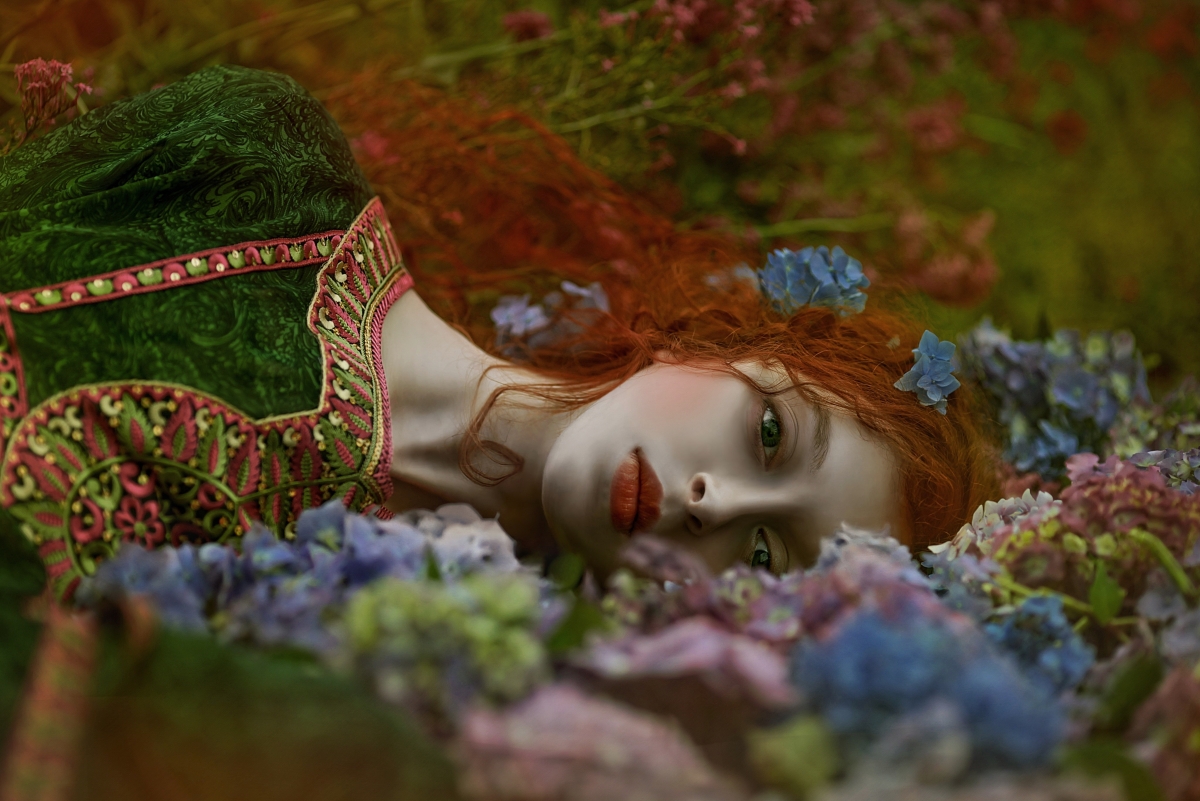

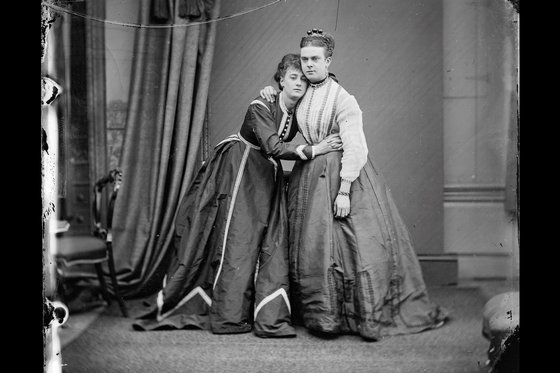









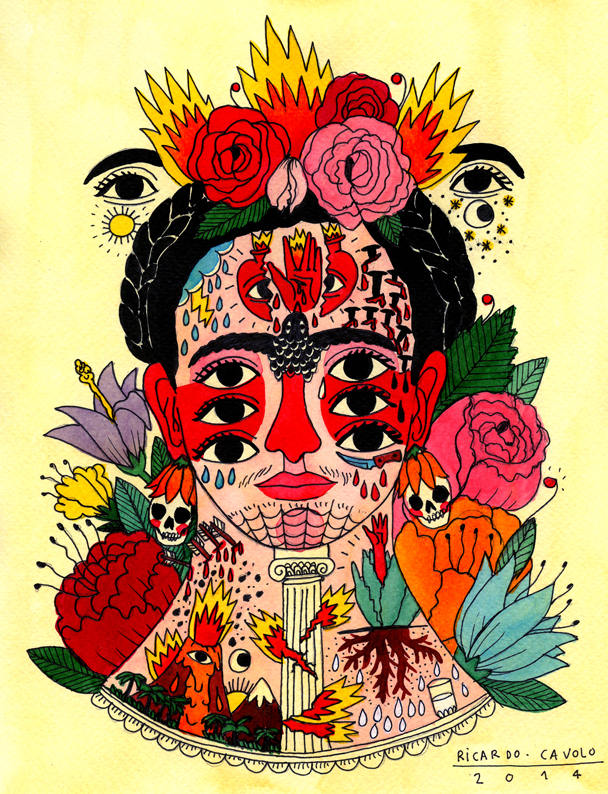
You must be logged in to post a comment.